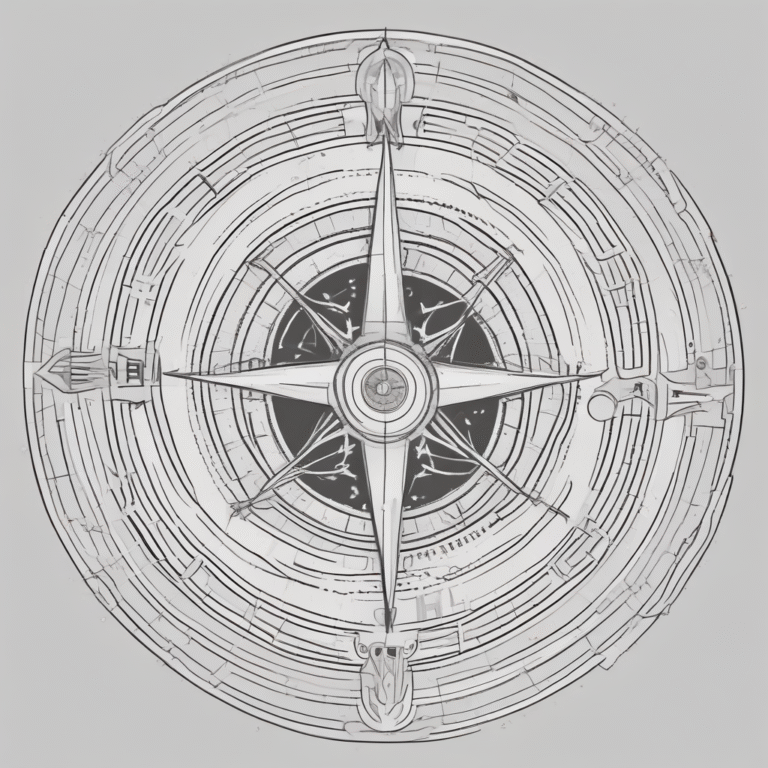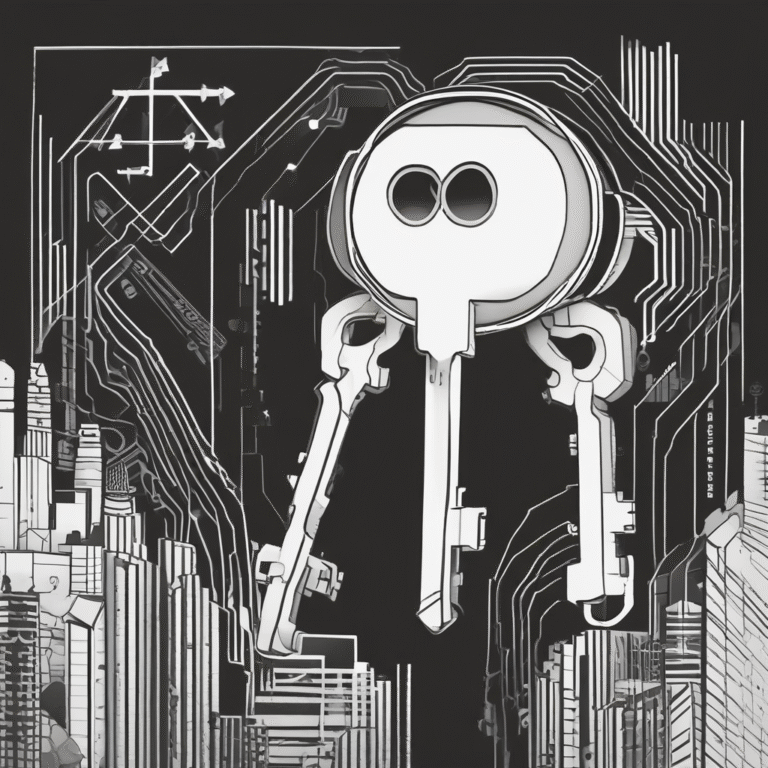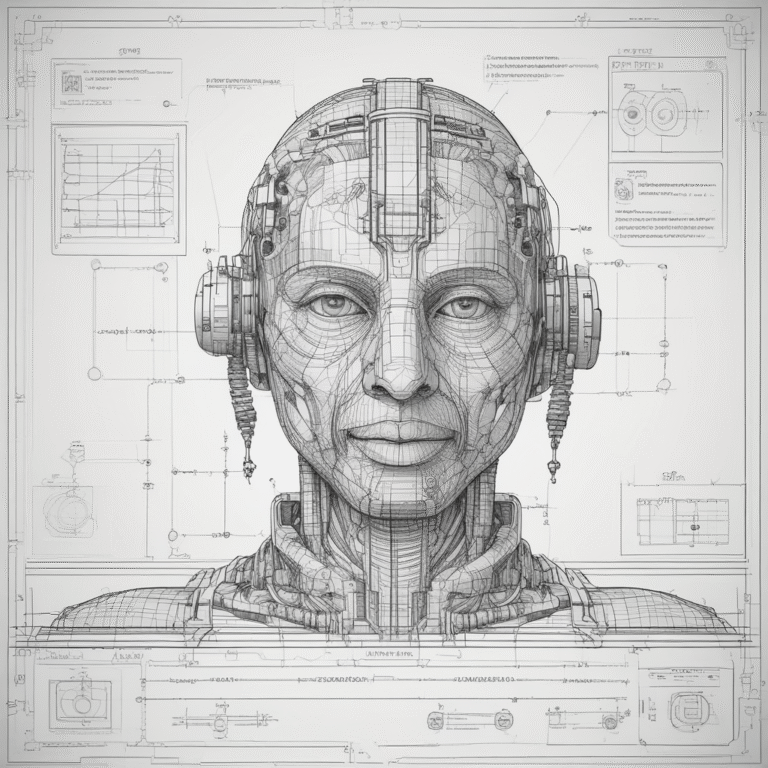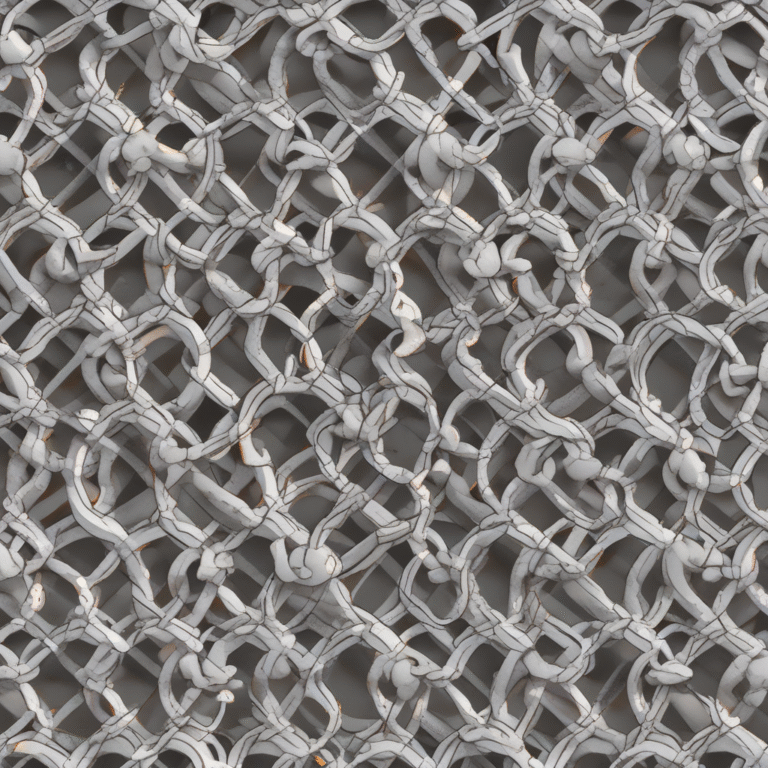Talks on the EU AI Act Code of Practice at a Crucial Phase
The ongoing discussions surrounding the EU AI Act Code of Practice have entered a significant phase as stakeholders work towards refining the guidelines that will govern the use of artificial intelligence in Europe. These talks are crucial in shaping the future landscape of AI regulation, focusing on the balance between innovation and accountability.
Overview of Recent Developments
In the latest draft of the Code of Practice, most of the added elements are elaborations of concepts already present in the legislation. Notably, the draft now includes references to organizations that manage human involvement in data creation, pre-processing, and annotation. This shift emphasizes the need for transparency regarding how data rights are acquired and highlights the necessity for providers to disclose the legality of their datasets, particularly concerning copyrighted content.
Another significant addition is the focus on addressing child sexual abuse material (CSAM), non-consensual intimate imagery, copyrighted materials, and personal data within datasets. The emphasis on these categories illustrates the sensitivity and priorities of the stakeholders involved in the drafting process, as they reflect pressing social concerns.
Recommendations as Drafting Approaches Its Final Stages
As the drafting process reaches its third and critical round, several recommendations are proposed to enhance the effectiveness of the Code of Practice:
- Add missing elements and reformulate problematic proposals: The AI Act mandates that all General Purpose AI (GPAI) model providers disclose detailed summaries of the training content. This is crucial for addressing copyright implications in AI model training. However, this requirement seems to be absent from the current draft. A balance between detail and clarity is essential to ensure that the code provides real value to stakeholders.
- Streamline operational steps with industry collaboration: While the drafters have made efforts to clarify certain measures, further collaboration with industry is needed to ensure that timelines and operational steps are practical and beneficial rather than punitive.
- Clarify documentation requirements: The draft still contains duplications that can be streamlined. Clear documentation guidelines will facilitate compliance and promote a smoother implementation process.
A Call for Caution
A co-regulatory approach in drafting the Code of Practice presents a unique opportunity to create rules that work for all operators in the AI space. However, the current phase is delicate; excluding industry concerns or imposing unrealistic obligations could undermine the entire process.
The upcoming drafting phase will be pivotal in determining whether the initiative succeeds or fails. With recent political developments in the United States impacting the global AI landscape, it is crucial for Europe to assert its regulatory framework without compromising its standards. The balance of participation is fragile, with civil society and independent experts currently outnumbering industry representatives. A successful code must reflect a shared responsibility among all stakeholders to ensure legitimacy and effectiveness.
Ultimately, the established rules for GPAI models will set the tone for future AI regulations across Europe and beyond. The success of this co-regulatory initiative could serve as a model for other sectors, emphasizing the importance of collaboration and consensus-building in the regulatory process.
As the third round of drafting approaches, the focus remains on creating a robust framework that not only meets regulatory requirements but also fosters innovation and protects societal interests. The outcome of this process will have lasting implications for the future of AI governance in Europe and potentially worldwide.










